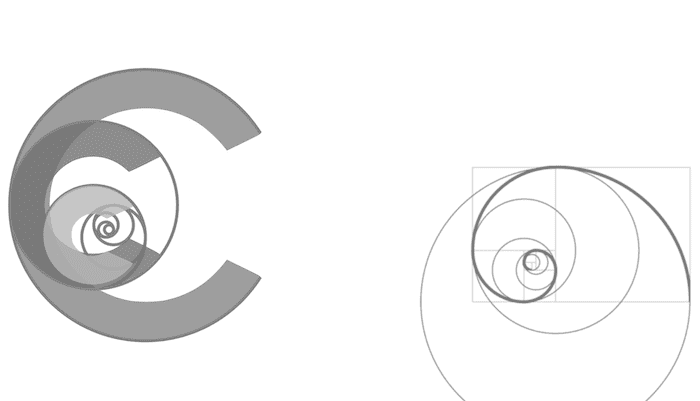Retroperitoneal haemorrhage
Reviewed and revised 3 September 2015
OVERVIEW
Retroperitoneal haemorrhage is bleeding into the retroperitoneal space, either occurring spontaneously or secondary to an injury or illness
CAUSES
Spontaneous (aka Wünderlich syndrome)
- underlying bleeding diathesis e.g. anticoagulants, anti-platelet agents, haemophilia
- vascular abnormalities of the kidneys or adrenal glands (e.g. necrotizing arteritis, connective tissue diseases,ruptured visceral artery anerysm)
- neoplastic disease of the kidneys (e.g.angiomyolipoma) or adrenal glands (e.g. adrenal myelolipoma, pheochromocytoma, and adrenal hemangiomas)
Secondary
- trauma
- iatrogenic (e.g. femoral cannulation, IR cannulation)
- extension from ruptured AAA
ASSESSMENT
- loin and/ or abdominal pain
- often no cutaneous signs, but may have Cullen sign (umbilical ecchymosis) and Grey Turner sign (flank ecchymosis)
- +/- palpable swelling
- haematuria
- haemodynamic instability and shock
- evidence of abdominal compartment syndrome (e.g. intra-abdominal hypertension, renal failure)
- history of risk factors (often no significant history if spontaneous)
- Psoas haematoma can present with constipation, urinary frequency, compressive femoral neuropathy or fever if large
INVESTIGATIONS
Bedside
- Intra-abdominal pressure monitor
- Blood gas (Hb, lactate, metabolic state)
Laboratory
- FBC (anaemia, thrombocytopenia)
- UEC (renal impairment)
- lipase (pancreatitis)
- Coagulation profile (bleeding diathesis)
Imaging
- CT abdomen with contrast (diagnoses retroperitonal haemorrhage, extent of the hemorrhage)
- “blush” on contrast CT suggest active bleeding
MANAGEMENT
Resuscitation
- may require haemostatic resuscitation if unstable
Specific therapy
- observation and serial examination
- conservative management should only be reserved for patients who are stable
- Interventional radiology with intra-arterial embolisation or stent-grafting is preferred
- open surgical decompression is rarely needed
Seek and treat underlying cause and complications
- underlying bleeding diathesis
- abdominal compartment syndrome
- can be complicated by superimposed infection or abscess
Supportive care and monitoring
- provide adequate analgesia (e.g. paracetamol, morphine, ketamine)
Disposition
- May require HDU/ICU admission
OTHER INFORMATION
Anatomy of the retroperitoneal space
- no specific delineating boundaries
- the retroperitoneal space can be subdivided into:
- Perirenal space
- Anterior pararenal space
- Posterior pararenal space
- organs are retroperitoneal if they have peritoneum on their anterior side only, and thus lie between the parietal peritoneum and the abdominal wall
Retroperitoneal organs (SAD PUCKER mnemonic)
- Suprarenal glands (aka the adrenal glands)
- Aorta/IVC
- Duodenum (second and third segments [some also include the fourth segment] )
- Pancreas (only head, neck, and body are retroperitoneal. The tail is intraperitoneal)
- Ureters
- Colon (only the ascending and descending colons, as transverse and sigmoid retain mesocolon)
- Kidneys
- Esophagus
- Rectum
References and links
LITFL
- Eponymythology – Atraumatic abdominal ecchymosis
- Eponymictionary – Grey Turner sign
- Eponymictionary – Cullen sign
Journal articles
- Chan YC, Morales JP, Reidy JF, Taylor PR. Management of spontaneous and iatrogenic retroperitoneal haemorrhage: conservative management, endovascular intervention or open surgery? International journal of clinical practice. 62(10):1604-13. 2008. [pubmed]
- Sunga KL, Bellolio MF, Gilmore RM, Cabrera D. Spontaneous retroperitoneal hematoma: etiology, characteristics, management, and outcome. The Journal of emergency medicine. 43(2):e157-61. 2012. [pubmed]
FOAM and web resources

Critical Care
Compendium
Chris is an Intensivist and ECMO specialist at The Alfred ICU, where he is Deputy Director (Education). He is a Clinical Adjunct Associate Professor at Monash University, the Lead for the Clinician Educator Incubator programme, and a CICM First Part Examiner.
He is an internationally recognised Clinician Educator with a passion for helping clinicians learn and for improving the clinical performance of individuals and collectives. He was one of the founders of the FOAM movement (Free Open-Access Medical education) has been recognised for his contributions to education with awards from ANZICS, ANZAHPE, and ACEM.
His one great achievement is being the father of three amazing children.
On Bluesky, he is @precordialthump.bsky.social and on the site that Elon has screwed up, he is @precordialthump.
| INTENSIVE | RAGE | Resuscitology | SMACC
